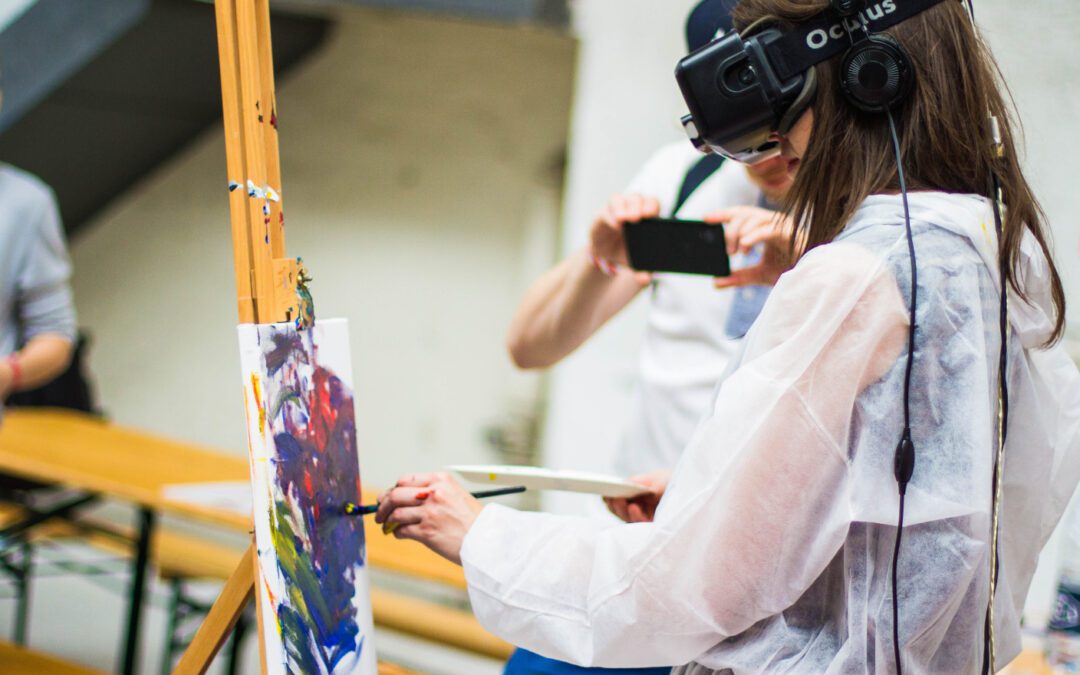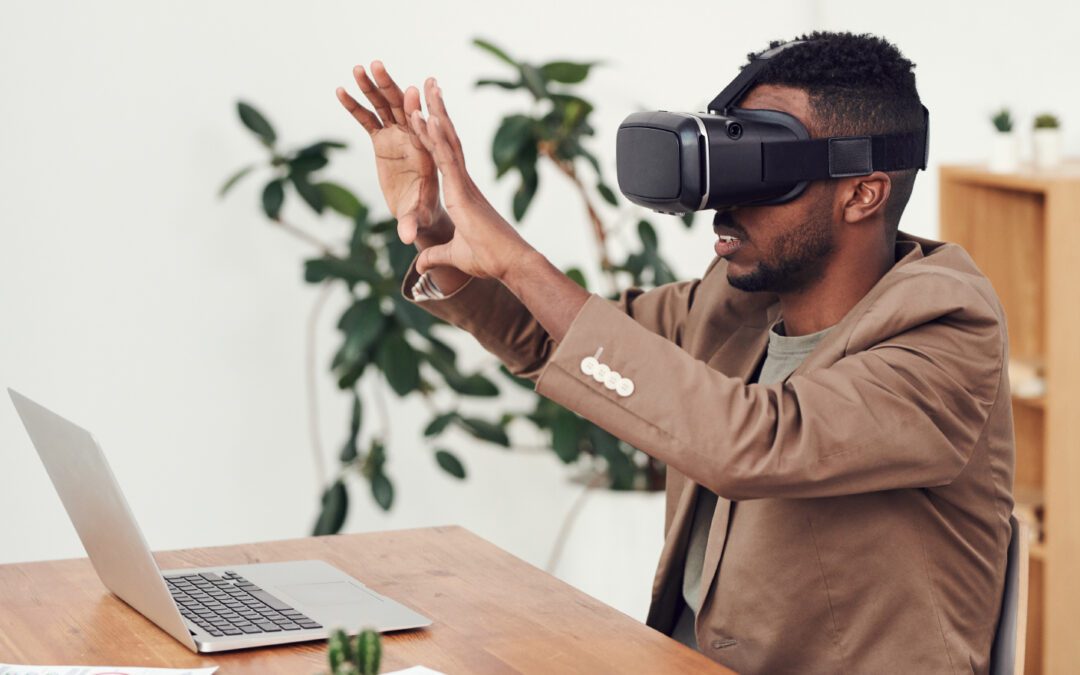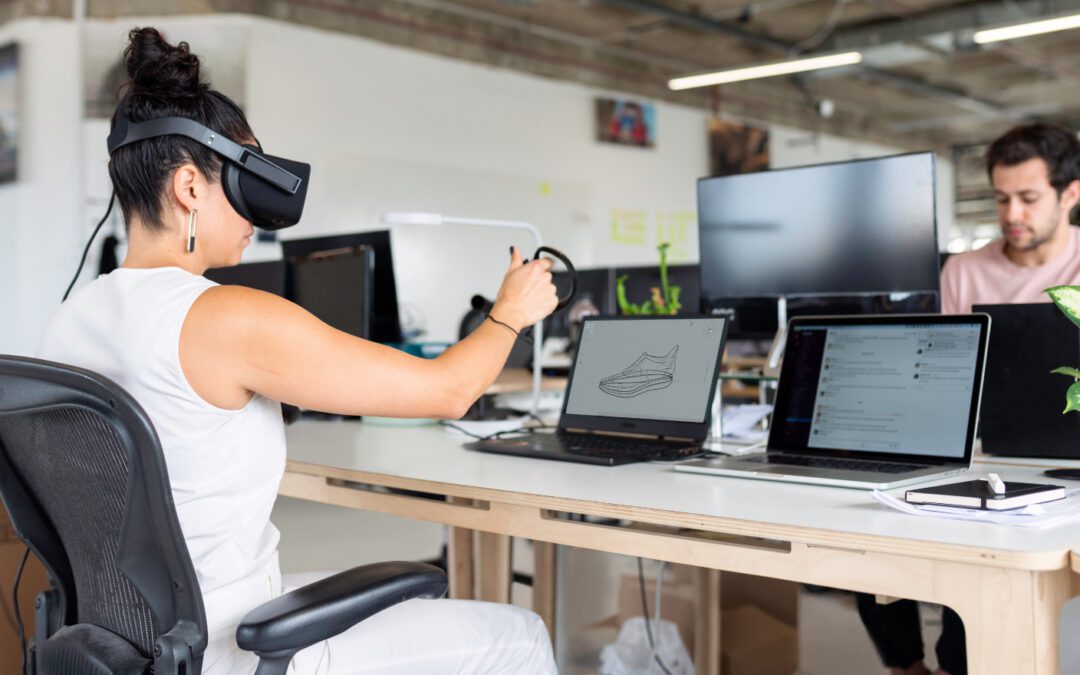Learn From An Experienced Team That Analyze Customer Insights To Help Make Result Driven Brands.

Virtual reality (VR) technology has revolutionized many industries, including healthcare. With the use of VR, medical professionals are able to create immersive experiences that can be used in various aspects of healthcare. From therapy to surgical training, VR has the potential to improve patient outcomes and enhance medical education. Here are some of the ways in which VR is revolutionizing healthcare:
Therapy
One of the most promising applications of VR in healthcare is in therapy. VR can be used to create immersive environments that can help patients overcome a variety of mental health conditions, such as anxiety and phobias. For example, a patient with a fear of flying can use VR to simulate a flight, allowing them to confront and overcome their fear in a controlled environment. VR therapy has also been used to treat post-traumatic stress disorder (PTSD) by recreating traumatic events in a safe and controlled environment.
Education
VR technology is also revolutionizing medical education by providing students with immersive experiences that can enhance their learning. Medical students can use VR to simulate surgeries, allowing them to practice and refine their skills in a safe environment. Additionally, VR can be used to teach anatomy and physiology by providing students with 3D models that they can interact with in a more engaging way than traditional textbooks.
Surgical Training
One of the most promising applications of VR in healthcare is in surgical training. Surgeons can use VR to simulate surgeries, allowing them to practice and refine their skills in a safe environment. This can reduce the risk of complications during real surgeries and improve patient outcomes. Additionally, VR can be used to provide surgeons with a better understanding of complex procedures, such as neurosurgery, by providing them with a 3D model of the patient’s anatomy.
Conclusion
In conclusion, VR technology is transforming healthcare by providing immersive experiences for therapy, education, and surgical training. With its ability to create realistic simulations, VR has the potential to improve patient outcomes, enhance medical education, and reduce the risk of complications during surgery. As VR technology continues to evolve, we can expect to see even more innovative applications of VR in healthcare in the years to come.




